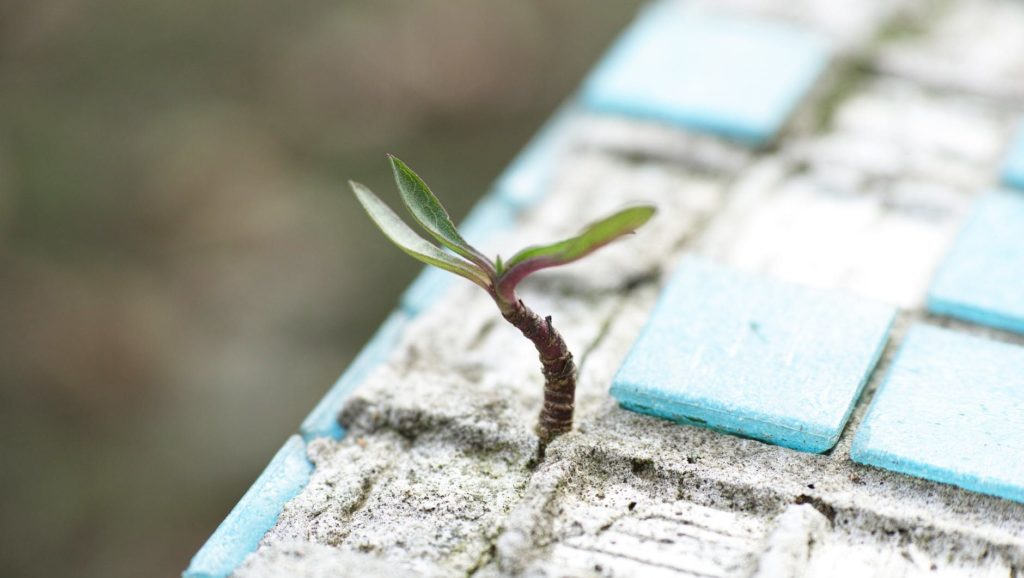Researchers at the University of Tokyo have developed a recycling method for concrete through the addition of waste wood which produces a new construction material
Concrete is one of the most widespread materials on the planet. It is used for the construction of structures such as skyscrapers, bridges, houses and much more. The material is composed of cement mixed with aggregate that usually contains gravel and crushed stone. Cement production has a strong impact on air pollution because it releases a large part of the carbon dioxide produced by companies. Researchers at the Institute of Industrial Sciences, University of Tokyo, have developed a new procedure for recycling concrete.
The team found that adding waste wood to powdered concrete produces a new construction material. The flexural strength of the new composite is even higher than that of the original concrete. The discovery can help to drastically reduce construction costs and reduce carbon emissions. The method has been optimized by varying the proportions of the mixture, pressure, temperature, treatment and amount of water.
The characteristic properties of the material are due to lignin, an organic polymer present in wood. The large molecule is highly cross-linked and can fill the empty spaces in the concrete, acting as an adhesive. Lignin itself, however, thanks to its macro structure, gives it the elastic properties that the original concrete does not have. Recycled concrete is even biodegradable because the concrete waste is attached to the wooden component.
The method could also be extended to recycle other types of waste plant material instead of wood, or even brand new concrete made of plants, sand and gravel. The detailed results of the research will be presented during the Sixth International Conference on Construction Materials.
